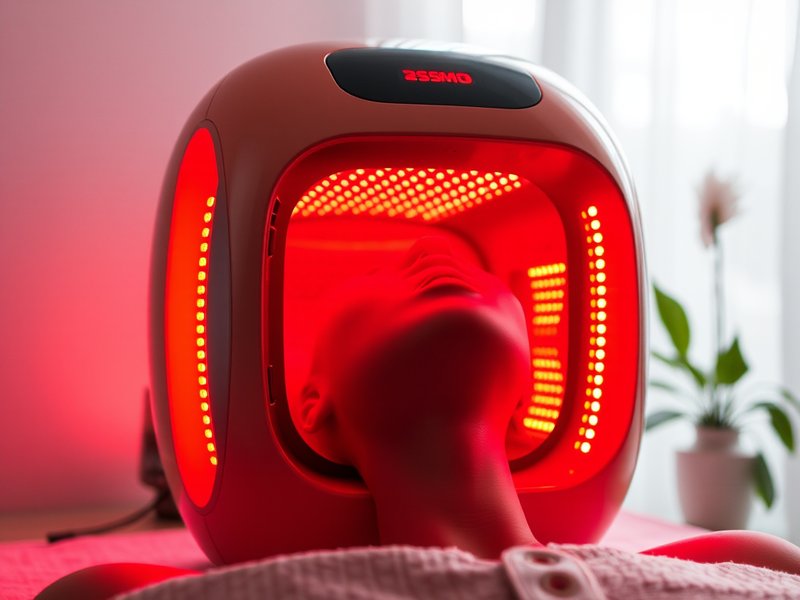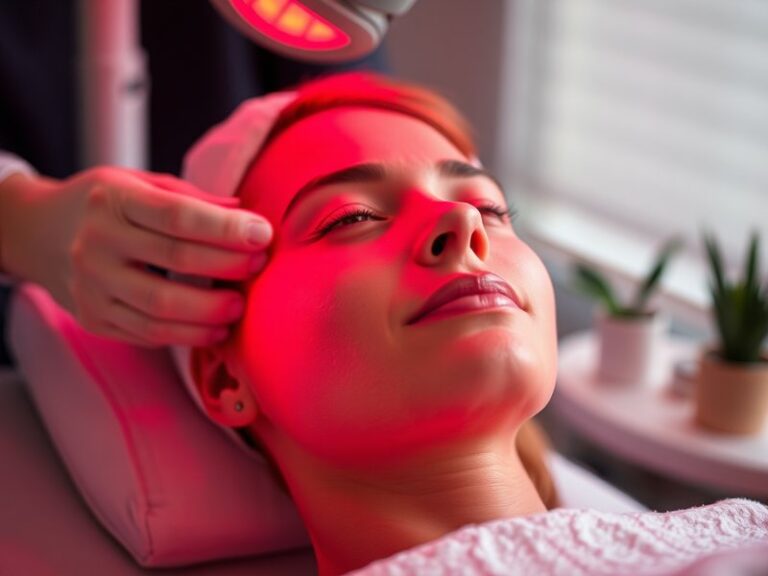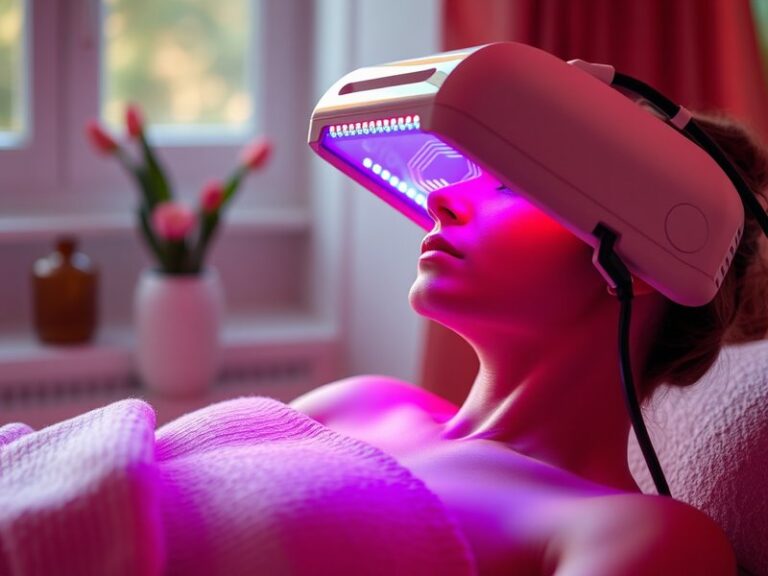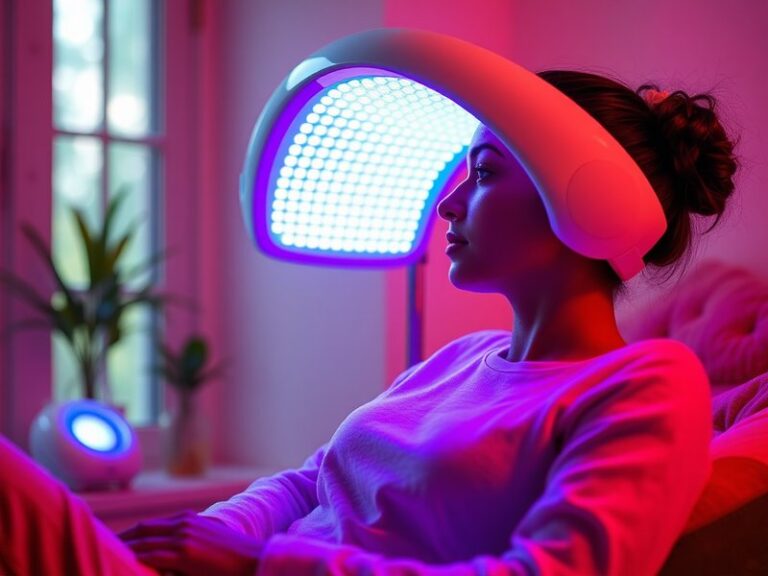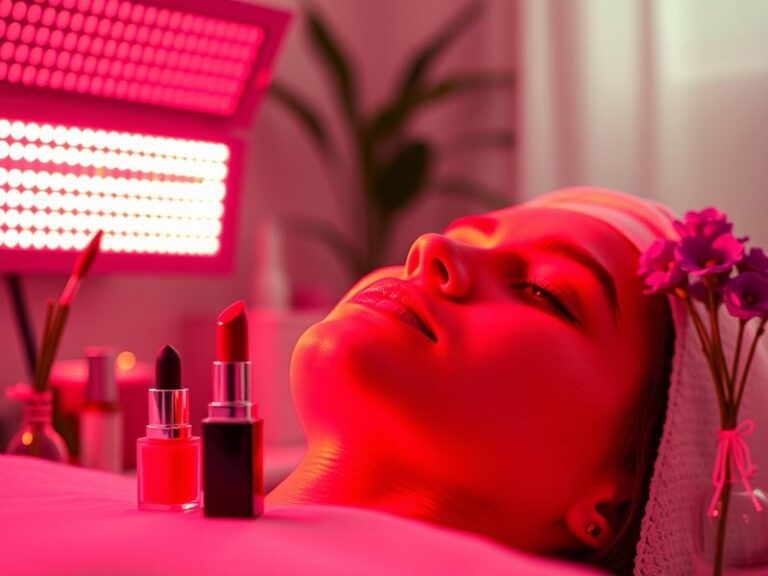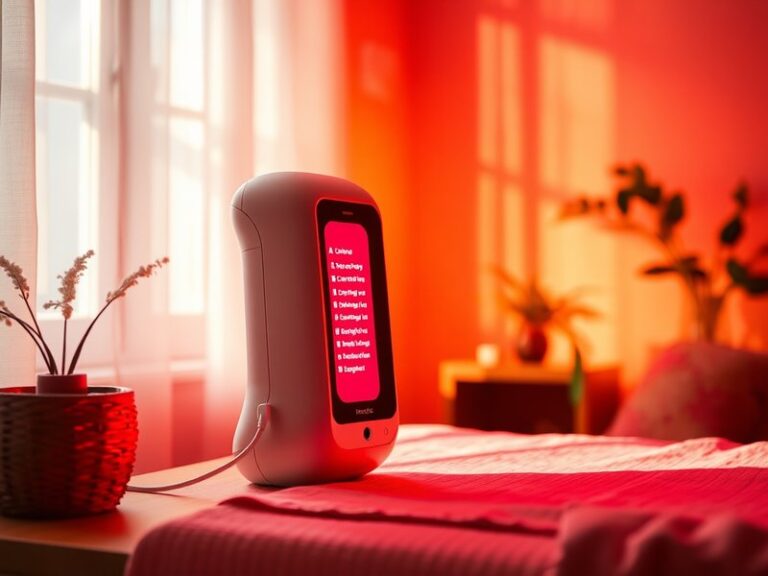Is Red Light Therapy Valid?
Is Red Light Therapy Valid?
Is the buzz around red light therapy backed by science, or is it just another trend in wellness?
Red light therapy (RLT) has gained popularity as a potential remedy for a range of health issues, from skin rejuvenation to pain relief. This article will explore the science behind red light therapy, its benefits, considerations before use, and what alternatives exist. By the end, you’ll have a clearer picture of whether red light therapy is a valid option for you.
Key Takeaways
- Red light therapy involves using low-wavelength red light to promote healing and cellular function.
- Research supports various claims about RLT’s benefits, including improved skin health and reduced inflammation.
- While generally safe, potential users should consider individual health conditions and consult with healthcare professionals.
What is Red Light Therapy?
Red light therapy is a non-invasive treatment that uses specific wavelengths of light to promote healing and cellular regeneration. Typically, RLT devices emit low-power red light (around 600 to 650 nanometers), which can penetrate the skin to stimulate cellular processes.
This therapy was initially developed for use in clinical settings, such as treating chronic wounds or post-surgical recovery. However, it has since transitioned into more personal use, with devices available for home use. The scientific foundation of RLT lies in its ability to enhance mitochondrial function, leading to increased ATP (adenosine triphosphate) production, the energy currency of cells.
Mechanisms of Action
Red light therapy works by stimulating skin and other cells by enhancing circulation, reducing inflammation, and promoting the repair of damaged tissues. The therapy’s effectiveness depends on the duration of exposure and the intensity of the light used.
What are the Benefits of Red Light Therapy?
The benefits of red light therapy span across different areas of health and wellness. The following sections will highlight some commonly reported advantages.
Improved Skin Health
One of the most recognized benefits of RLT is its ability to improve skin health. Studies have shown that RLT can reduce wrinkles, enhance skin tone, and even boost collagen production. This makes it an appealing option for those looking to rejuvenate their skin without invasive procedures.
Pain Relief
RLT has also shown promise in managing pain, particularly in conditions like arthritis or tendonitis. By reducing inflammation and promoting blood flow, users often report decreased pain levels and improved mobility, making it a valuable addition to pain management strategies.
Accelerated Healing
Athletes and physical therapists frequently utilize red light therapy for its healing properties. RLT can help speed up recovery from injuries by promoting tissue repair and reducing inflammation. Many athletes endorse its use following workouts or injuries to improve recovery times.
Enhanced Mood and Sleep
Emerging research suggests that red light therapy may positively influence mood and sleep quality. By regulating circadian rhythms and potentially increasing melatonin production, RLT can contribute to better sleep patterns, which in turn supports overall mental health.
Is it Possible to Use Red Light Therapy at Home?
Yes, using red light therapy at home is not only feasible but also increasingly popular. Home devices range from handheld tools to larger panels that treat extensive areas of the body. However, before starting RLT at home, it’s essential to understand its practical application and potential limitations.
What are the Advantages of Home Use?
Using red light therapy at home offers convenience and flexibility. Users can incorporate RLT into their daily routines without the need for appointments. Additionally, with a wide range of devices available, individuals can choose products that fit their needs and budgets.
What are the Disadvantages of Home Use?
Despite its accessibility, home use comes with challenges. Users may lack the expertise required to use devices optimally or may choose ineffective products. Additionally, improper use can lead to disappointing results, so understanding guidelines for use is crucial.
What are the Things to Consider Before Trying Red Light Therapy?
Considering red light therapy requires thoughtful assessment of various factors to ensure it aligns with individual health goals and conditions.
Uncover the facts in Does Red Light Therapy Emit Radiation?
Health Conditions
Those with specific health issues—such as photosensitivity or skin conditions like eczema—should consult a healthcare professional prior to starting therapy. Individuals taking medications that increase sensitivity to light should also exercise caution.
Quality of Devices
The market is flooded with red light therapy devices, but their quality can vary significantly. Researching and selecting FDA-approved or clinically studied devices can help ensure a safe and effective experience.
Duration and Frequency of Use
Effectiveness often hinges on correct usage, including session duration and frequency. Understanding how long to use a device and how often can maximize benefits and minimize the risk of ineffective treatment or skin irritation.
What are the Alternatives to Red Light Therapy?
Should red light therapy not fit your needs, several alternatives can provide similar benefits in skin health, pain relief, and overall wellness.
Get the complete picture Benefits of Red Light Therapy
Laser Therapy
Laser therapy is a more targeted option that uses focused light beams for precision treatments. It’s often used for conditions such as hair removal or scar reduction and can be effective in more specialized applications compared to RLT.
Microneedling
Microneedling involves creating tiny micro-wounds in the skin to promote collagen production and enhance skin texture. This method can be more invasive but provides excellent results for skin rejuvenation.
Cryotherapy
Cryotherapy involves exposing the body to cold temperatures to reduce inflammation and pain. This alternative can be beneficial for athletes looking to recover from intense workouts or injuries.
Conclusion: Is it Recommended to Try Red Light Therapy?
In summary, red light therapy presents an exciting option for many individuals seeking to improve skin health, manage pain, and enhance recovery. While the positive effects are supported by research, it is essential to weigh personal health conditions and choose quality devices. Consulting a healthcare professional can provide tailored advice and ensure that RLT fits into an overall wellness plan.
Frequently Asked Questions
Does red light therapy have any side effects?
Red light therapy is generally considered safe, with minimal side effects reported. Some users may experience temporary redness or irritation, but these effects usually dissipate quickly.
How long does it take to see results from red light therapy?
Results can vary depending on the individual and the condition being treated. Some experience benefits after a few sessions, while others might need consistent therapy over weeks to see noticeable improvements.
Can red light therapy be used in conjunction with other treatments?
Yes, red light therapy can often complement other treatments. However, it’s advisable to consult healthcare providers to ensure compatibility with existing therapies.
Are there specific conditions that red light therapy can help with?
Red light therapy may assist with conditions such as acne, psoriasis, joint pain, muscle soreness, and hair loss, among others. Always discuss with a healthcare provider to determine the best approach for individual circumstances.
